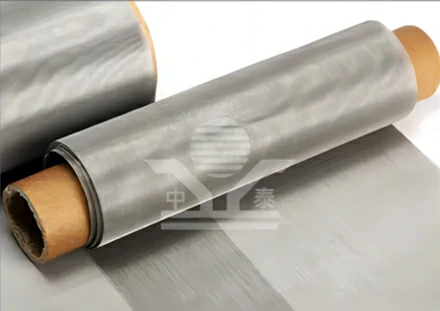The Impact of Traffic Noise Barriers on Urban Environments
In the modern urban landscape, the incessant hum of traffic is an unavoidable companion for most city dwellers. As urban populations swell and vehicle usage increases, noise pollution has become a growing concern for both public health and quality of life. In response to this challenge, traffic noise barriers have emerged as a practical solution to mitigate noise levels in residential and commercial areas. This article delves into the importance, design, and efficacy of noise barriers, as well as their impact on urban environments.
Understanding Traffic Noise
Traffic noise, primarily generated by vehicles on highways and roads, can dominate soundscapes in cities. Studies indicate that prolonged exposure to high levels of traffic noise can lead to various health issues, including stress, sleep disturbances, cardiovascular diseases, and impaired cognitive functions. Recognizing these risks, urban planners and engineers have prioritized the development of noise mitigation strategies.
The Functionality of Noise Barriers
Traffic noise barriers are structures designed to reduce noise pollution by blocking or redirecting sound waves from roadways. Typically made from concrete, wood, metal, or earth mounds, these barriers are strategically placed along highways, busy roads, and railway lines to protect adjacent communities. The effectiveness of a noise barrier largely depends on its height, length, and material, as well as its location relative to noise sources and receivers.
Design Considerations
The design of traffic noise barriers encompasses aesthetic, functional, and environmental considerations. Functionally, barriers need to be tall enough to block sound effectively and long enough to shield vulnerable areas. A common guideline is that barriers should be at least 1.5 times the height of the source of noise to achieve optimal sound reduction. Aesthetically, they must blend with the surrounding landscape, often incorporating vegetation or artistic designs to enhance visual appeal.
Moreover, environmental considerations play a crucial role in barrier design. Natural materials like earth mounds and vegetative barriers not only absorb noise but also provide ecological benefits. They support biodiversity, improve air quality, and enhance the overall attractiveness of urban areas. Integrating noise barriers with green spaces has the dual benefit of noise reduction and ecological enhancement.
traffic noise barrier

Efficacy of Traffic Noise Barriers
Research shows that, when properly designed and implemented, traffic noise barriers can reduce noise levels by 5 to 15 decibels, significantly improving living conditions in adjacent areas. However, their effectiveness diminishes with distance. The optimal acoustic performance is achieved closest to the barrier; as one moves farther away, the barrier's ability to block sound decreases.
While noise barriers are effective, they are not a panacea for noise pollution. Factors such as local topography, wind direction, and the specific traffic volume and type can influence overall efficacy. Additionally, barriers can sometimes lead to noise being redirected to areas that might not have been affected previously, resulting in new noise issues.
The Future of Noise Mitigation
As urban areas continue to expand, exploring innovative noise mitigation technologies will be essential. Emerging techniques such as sound-absorbing materials, transparent acoustic barriers, and smart barriers equipped with noise monitoring devices are on the rise. These advancements aim not only to reduce noise pollution but also to maintain visual accessibility and incorporate modern technology into urban infrastructure.
Furthermore, community engagement in the planning process is crucial. Residents affected by noise pollution should have a say in the design and placement of barriers, ensuring solutions meet their needs and concerns. Collaborative efforts can lead to more innovative and accepted outcomes.
Conclusion
Traffic noise barriers are a vital tool in the ongoing battle against urban noise pollution. They not only provide immediate relief for communities suffering from excessive noise but also contribute to the creation of more livable urban environments. As cities grow and the challenges of noise pollution become more complex, a combination of innovative design, community involvement, and environmental consideration will shape the future of noise mitigation strategies. Ultimately, the goal is to foster urban spaces where noise levels are manageable, and residents can enjoy a higher quality of life amidst the hustle and bustle of city living.
-
Versatility of Expanded Aluminum Metal for Various Applications
NewsMay.19,2025
-
The Geometry of Steel Gratings: Why It Matters
NewsMay.19,2025
-
Reinforcement Applications of Perforated Mesh in Masonry
NewsMay.19,2025
-
Essential Tools for Installing a Deck Mesh Railing
NewsMay.19,2025
-
Anti-Slip Flooring Made with Stainless Expanded Mesh
NewsMay.19,2025
-
Adjustable Steel Grating for Uneven Terrain
NewsMay.19,2025
Subscribe now!
Stay up to date with the latest on Fry Steeland industry news.

